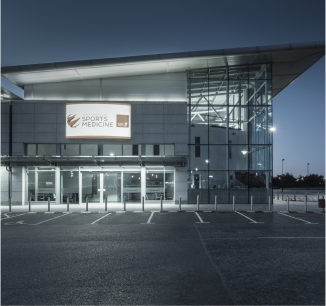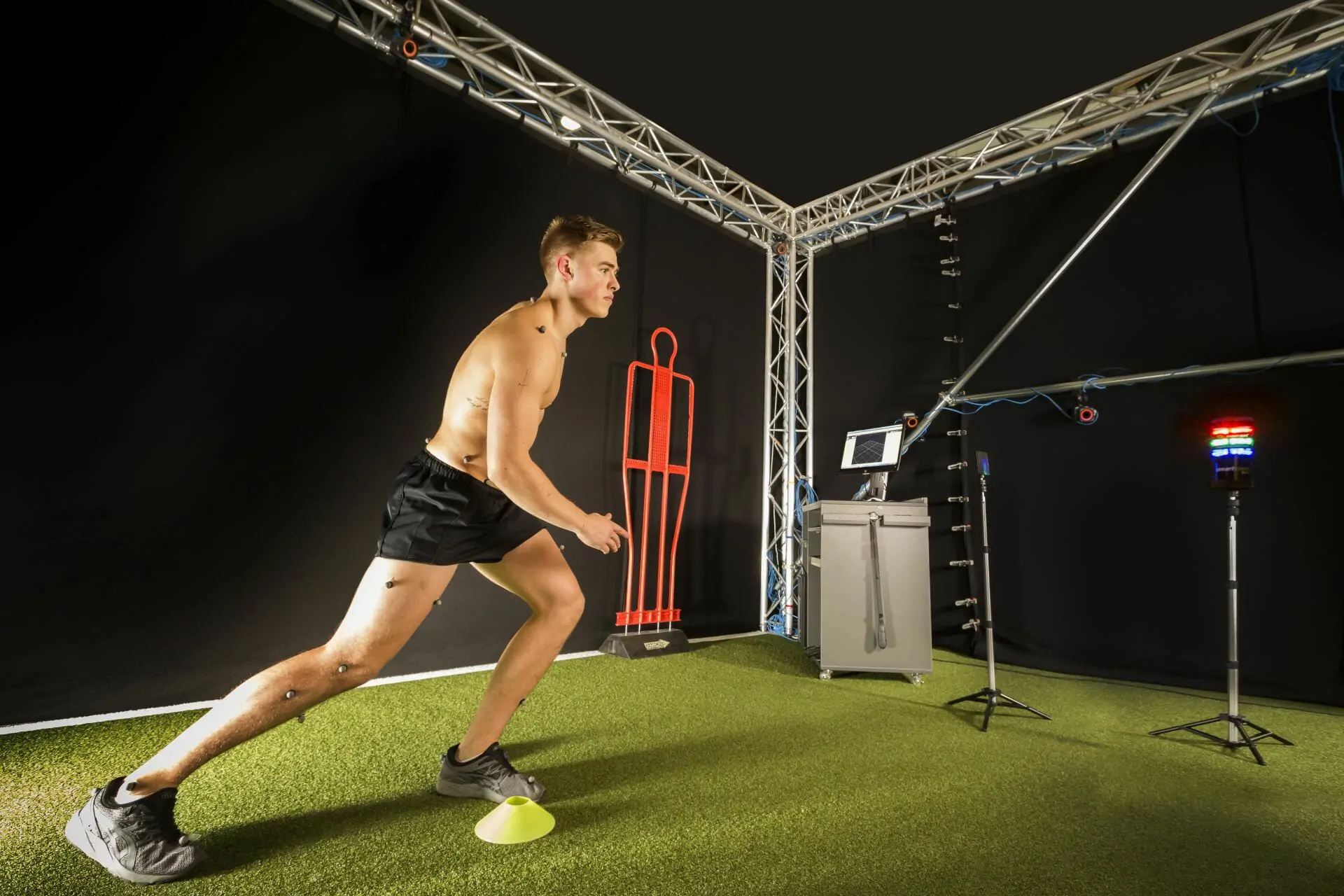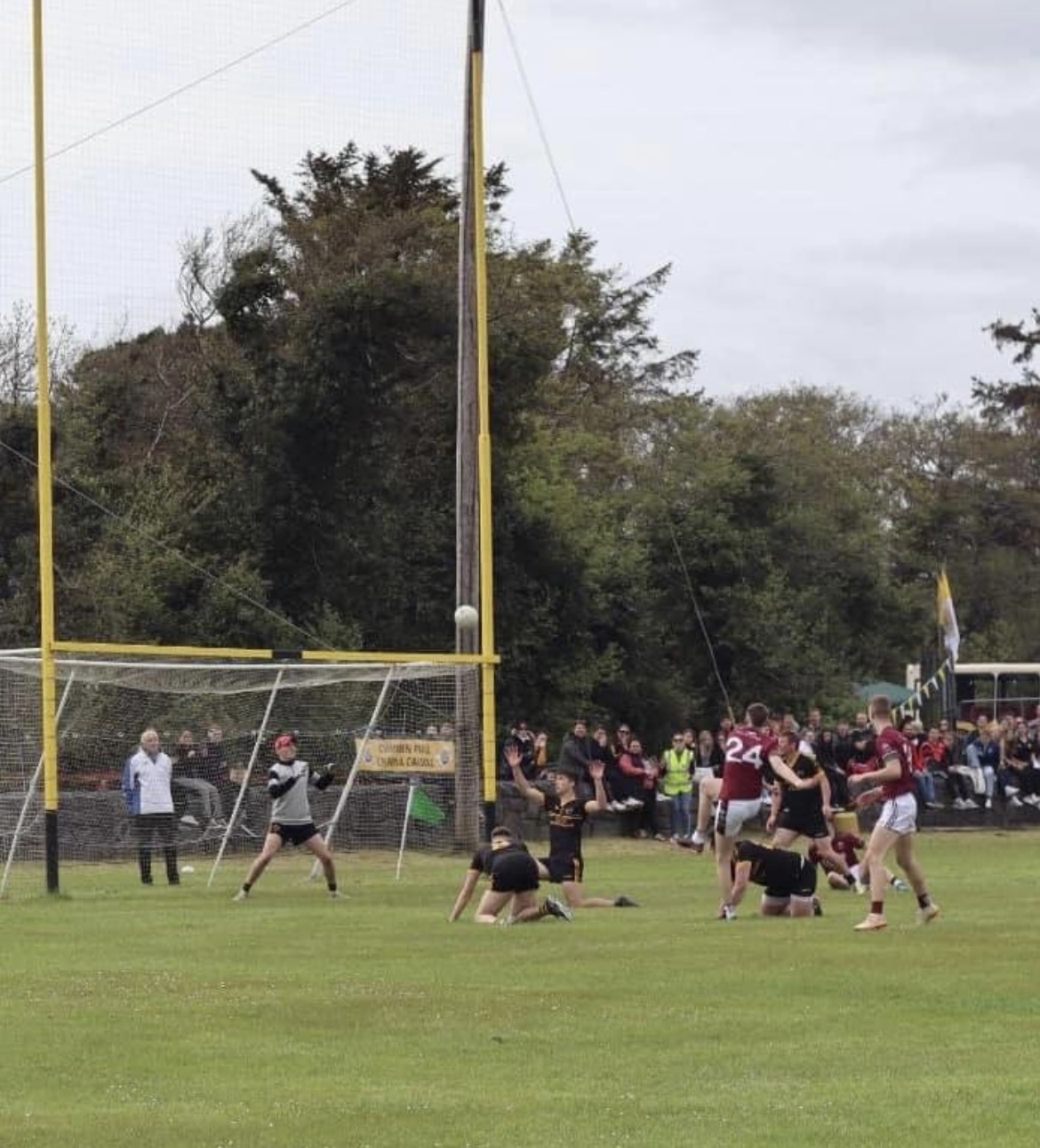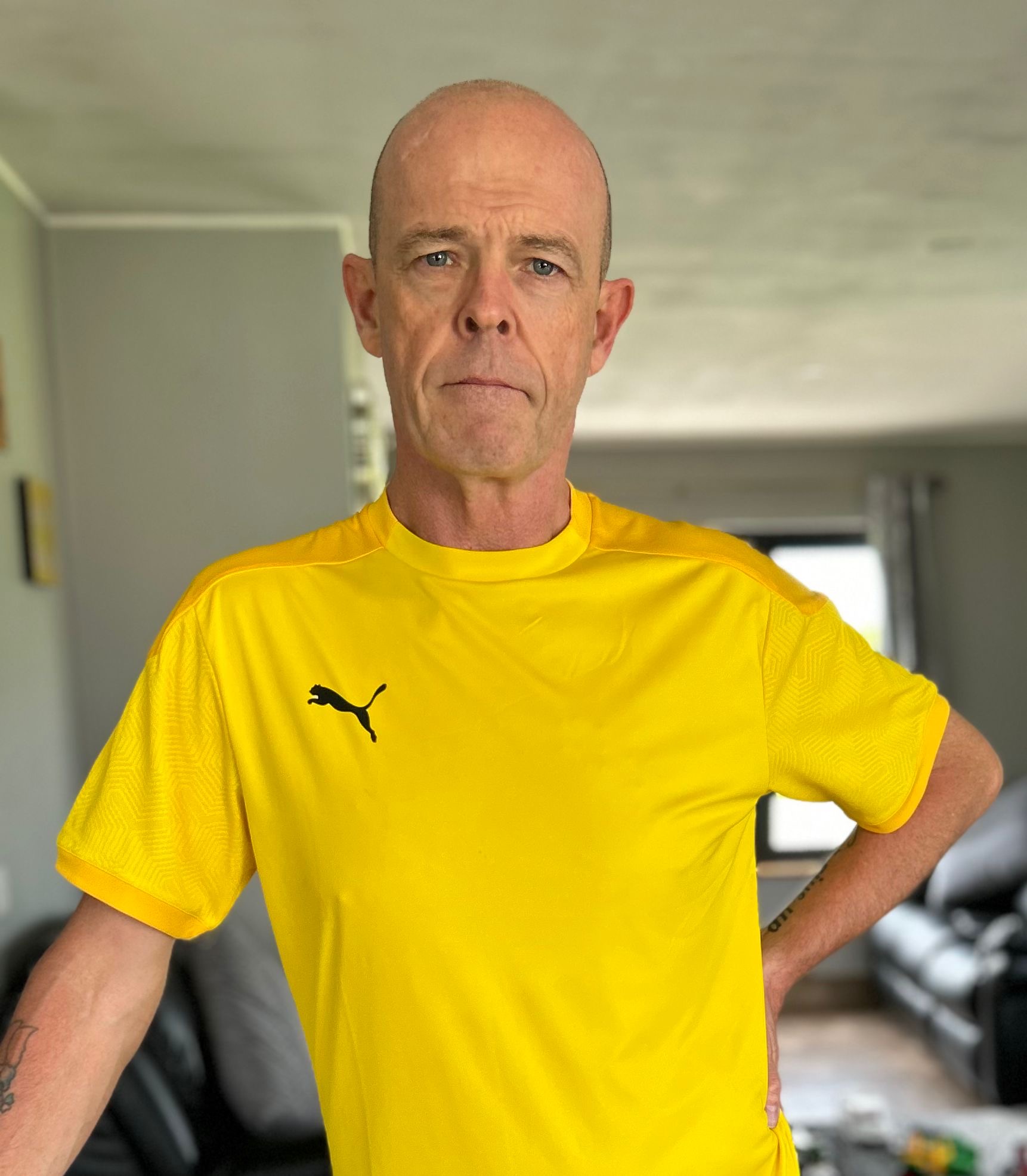
Patellofemoral Pain
Patellofemoral pain is a broad term used to describe pain at the front of the knee.
There are various factors that contribute to patellofemoral pain, both internal and external to the knee, including malalignment. However, the main risk factors appear to be overuse and overload.
At UPMC Sports Surgery Clinic, our approach to managing this injury requires a multi-faceted approach. Particular emphasis is placed on load management, along with a structured rehabilitation programme to strengthen the surrounding muscles as well as addressing abnormal movement patterns.
Patellar Instability
The kneecap (patella) sits in a notch on the femur bone called the trochlea. If this groove is too shallow, the patella can become unstable and slide off, resulting in a partial or complete dislocation of the kneecap.
Dislocation can also occur during an acute injury such as a fall, or a rotational type injury of the knee.
Patients with a high riding patella that sits above the groove and patients with other anatomical variants are also more prone to dislocation.
If the patella becomes dislocated, it needs to be relocated or “reduced”, which often happens spontaneously. If the instability keeps reoccurring, surgery may be needed to stabilise the patella, followed by a rehabilitation programme to strengthen the soft tissue structures of the knee, and to prevent any further dislocations.
Patellar Fractures
Fractures to the patella bone usually happen because of a fall or hard blow to the front of the knee.
Treatment options for this type of injury depend on the type of fracture. An undisplaced fracture of the patella, where the broken bone remains in the correct place, generally responds well to being immobilised in a knee brace or cast. Displaced fractures often require surgical treatment to stabilise the site of the fractured bone.
Both conservative and surgical treatments need to be complemented with a rehabilitation programme to strengthen the muscles around the knee.
Patellar Tendinopathy
Patellar tendinopathy is a condition we see commonly in the clinic and can cause athletes from many sports a lot of discomfort and frustration. The Patellar tendon runs from the patella (kneecap) to the tibia (shin) and transmits the force from the quadriceps muscle to the lower leg to allow you to straighten your leg against resistance.
Tendinopathy arises when a tendon is repeatedly loaded with inadequate rest and recovery between loading episodes. This leads to disorganisation of tendon cells and an increase in tendon fluid, blood vessels and nerves. Activities such as landing from a jump and decelerating put increased force through the patellar tendon which is why patellar tendinopathy is more common in sports such as football, basketball and volleyball.
Athletes with patellar tendinopathy usually describe pain in the front of the knee during and after activity. They can often pinpoint the tender area just under the patella. Initially, symptoms are mild and the athlete will often try to play on for several weeks or months until they seek medical attention. The treatment for patellar tendinopathy requires a multi-faceted approach.
Click on the image below for an infographic on Patellar Tendinopathy














